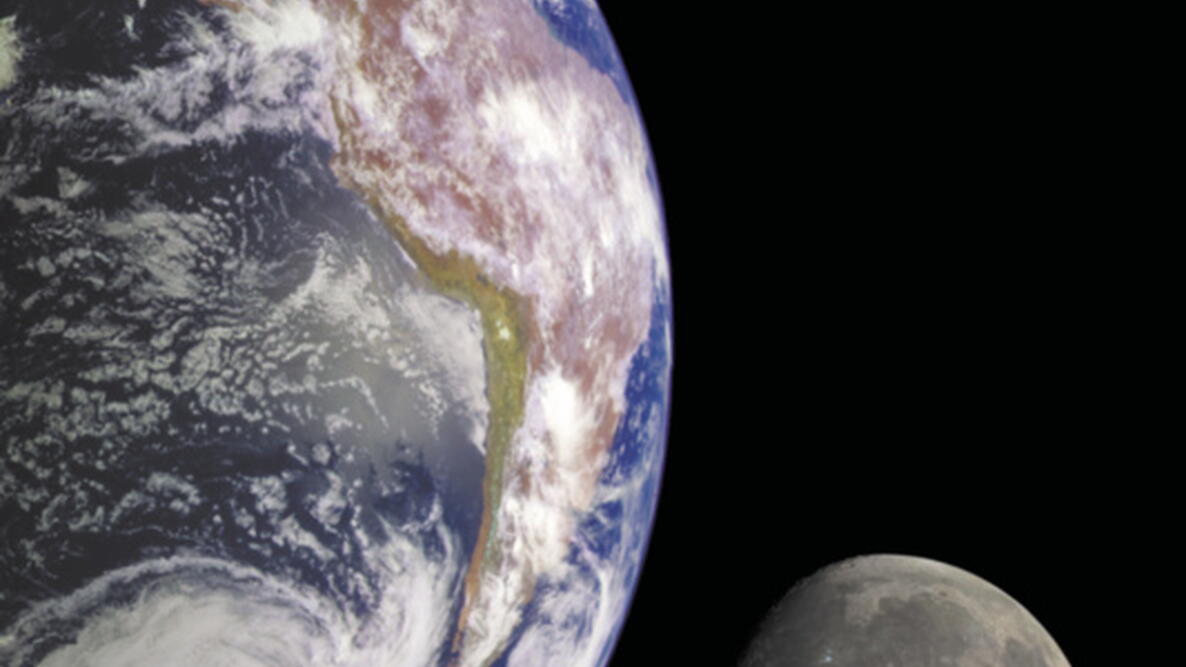
Lunar Perigee and Apogee and the Moon's Orbit
It would seem to make sense, wouldn't it? But actually the hotter/cooler weather, and seasons, are caused by the angle of the incoming sunlight. The more direct an angle, the more heat we will receive. Earth is tilted at a 23.5 degree angle to the plane of its orbit; this tilt can be toward the Sun (summer in Northern Hemisphere), away from the Sun (winter in the Northern Hemisphere), or neither (spring and fall equinoxes). Because of this tilt, at any one time, the amount and angle of sunlight will differ in various locations on the planet. And this distribution will change as Earth travels along in its orbit.
From January's perihelion (when Earth is closest to the Sun), we move farther away from the Sun each day. In January, the angle of the Sun’s rays were low in the Northern Hemisphere, so the Sun’s energy was distributed over a larger area, weakening its intensity in any one place (sort of like the light from a tilted flashlight on a surface); the days were also shorter than they are now, so that we received less energy from the Sun.
At the spring and fall equinoxes, we are neither tilted toward nor away from the Sun, which means that at the Equator, the Sun’s rays are coming in at about a 90 degree angle—so the energy there is concentrated along a smaller surface. However, at the higher latitudes, the Sun’s rays are being received at more of an angle, so we’re getting less intense rays than the Equator, and things are a bit cool. As the spring days progress toward the summer solstice, the angle of the Sun’s rays become more direct, and the days are also getting longer, which increases the amount of energy that we are receiving. So, we’re getting more energy as spring progresses to summer, resulting in warmer temperatures. Hottest temperatures are usually a bit after the summer solstice, because it takes a while for the water and land to reach a certain rate of absorbing vs. releasing the Sun's energy.
You can find the times of perigee and apogee for the Moon on the appropriate dates of the right-hand pages of The Old Farmer's Almanac, both print and digital versions. These times/dates have been converted to Eastern Time (National, Canadian, Southern editions) or Pacific Time (Western edition).
For a list of perigee and apogee dates online, you might go to the following; please keep in mind that these dates are listed in Universal Time (at Greenwich, England) and would need to be converted to your local time zone.
http://fourmilab.ch/earthview/pacalc.html
We have not found information about how perigee and apogee might affect people, at least nothing conclusive, but good luck with your research!

.jpg)









Comments